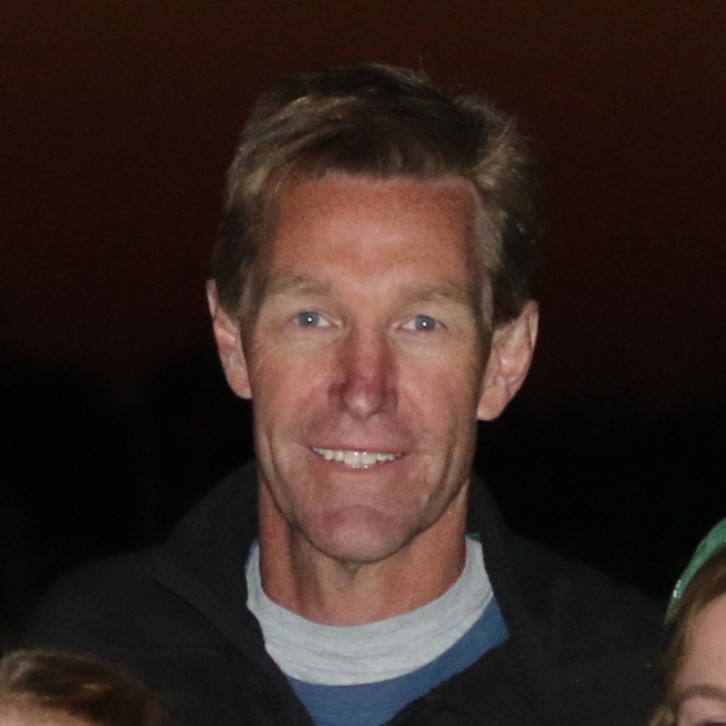Entrepreneur Case Studies
20-Year Journey of a Fat Startup with Major Pivots: Scott Sellers, CEO of Azul (Part 4)
Sramana Mitra: How long did it take you to get the first product out?
Scott Sellers: It always takes longer than you think, especially in the world of hardware and chip design. The first product was released in the early part of 2005. It was a good solid three years.
Sramana Mitra: Did you have customers lined up by the time the product was coming into the market?
>>>20-Year Journey of a Fat Startup with Major Pivots: Scott Sellers, CEO of Azul (Part 3)
Sramana Mitra: How did you spin the Java story?
Scott Sellers: The other two founders worked for a company called Shasta Networks. This was in the late 90s. It was a cable and DSL model termination system. They built an appliance to do this. They put together the hardware and wrote a ton of software to make it all work. In the late 90s, they chose Java inside this appliance. This was on the leading edge in terms of what Java is capable of. They had a really nice outcome by selling it to Redback.
>>>20-Year Journey of a Fat Startup with Major Pivots: Scott Sellers, CEO of Azul (Part 2)
Sramana Mitra: What was your role in that founding team?
Scott Sellers: I was in the hardware engineering team. I managed the team and did a lot of coding and Verilog to do the chip design. We did all of our backend chip design in-house. I sat on the Board and raised money. It’s always the most entertaining part about building a company. It’s wonderful when you’re successful too. It’s so exciting when you’re at that inception point. It’s nothing other than the potential that you’re talking about.
>>>20-Year Journey of a Fat Startup with Major Pivots: Scott Sellers, CEO of Azul (Part 1)

VCs invest in startups that go from zero to $100M in 5 to 7 years. It has taken Azul almost 20 years to make that journey. Scott discusses the pivots and strategic shifts that have made the journey possible. With patience and persistence, and with an excellent two-pronged Open Source strategy, Scott has built Azul into a compelling business with many exit options from IPO to various acquisition paths.
>>>Entrepreneur Couple Bootstrapping an EdTech Company to $10M: Boom Cards CEO Mary Oemig (Part 5)
Sramana Mitra: The $10 million in revenue, was that also 50/50?
Mary Oemig: Yes. It’s pretty standard that it splits that way. There is some seasonality. The pandemic was this weird surge. This school year is the new baseline, but the pattern has been consistent over the years.
Sramana Mitra: Is this still bootstrapped?
>>>From Brazil to a US HRTech Success Story: Talentify: Othamar Filho (Part 3)
Sramana Mitra: At what point did you start to get a steady stream of new customers?
Othamar Filho: It was in the middle of 2018 – a year and a half later. We started to see revenue from our direct clients grow. The reason was we were simplifying the product. What will help them make a decision faster? What will be something that would solve a pain point right now? That was the path. About two and a half years later, we got to a point where Cielo was 20% of our revenue.
Sramana Mitra: What kind of customers did you get that traction from?
>>>Entrepreneur Couple Bootstrapping an EdTech Company to $10M: Boom Cards CEO Mary Oemig (Part 4)
Sramana Mitra: All this is developed by Eric and your Vietnamese developer?
Mary Oemig: We now have a much bigger team. The original was developed by someone who left. We couldn’t continue to pay him and has come back. Eric and Zach were our early developers. We now have about five US-based engineers with one in Indiana, one in Wyoming, and the rest in Seattle.
Sramana Mitra: Your business model is a membership fee?
>>>From Brazil to a US HRTech Success Story: Talentify: Othamar Filho (Part 2)
Sramana Mitra: How did Cielo find you?
Othamar Filho: Three years before, they had a scout go to Brazil and to many other Latin American countries to talk to RPO companies there. I had an RPO company in Brazil. That person was at Cielo. When I had the solution ready, I showed it to him. He presented that solution to the CEO.
Sramana Mitra: Before you raised money, what was the deal size that Cielo had put together with you to use your product?
>>>